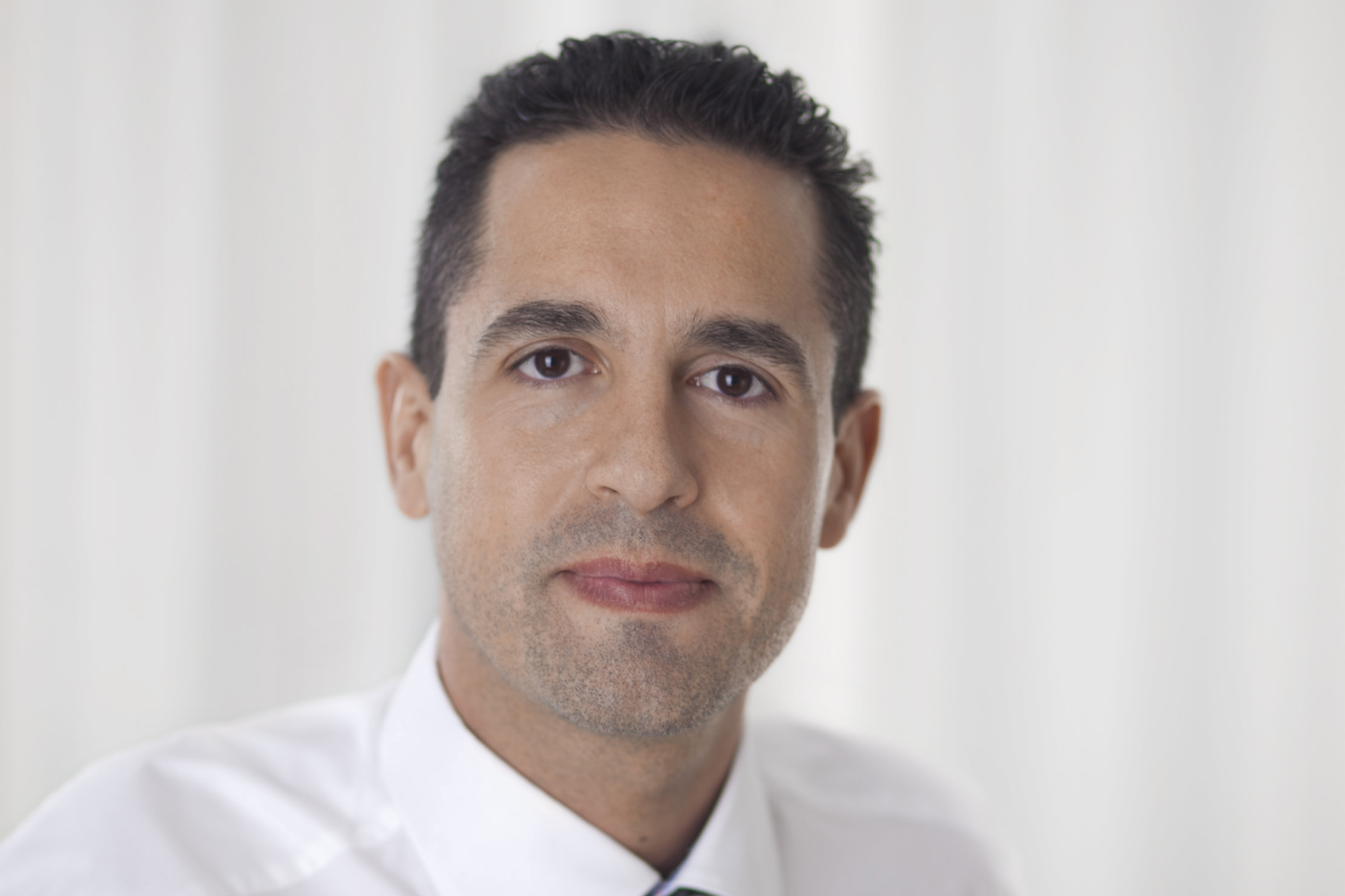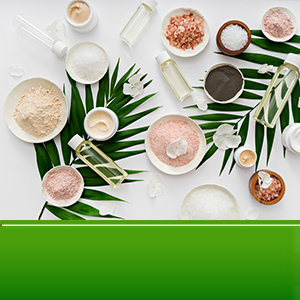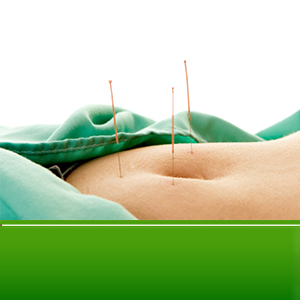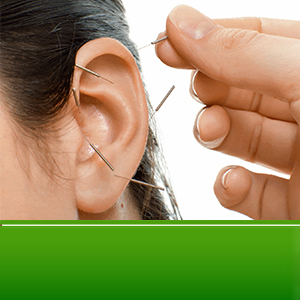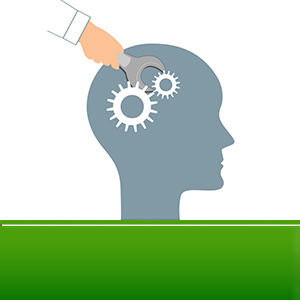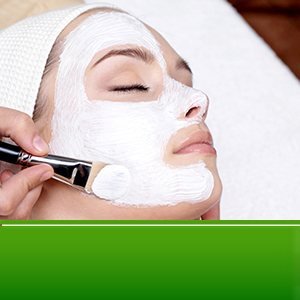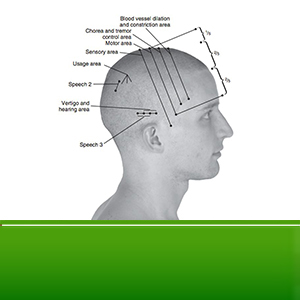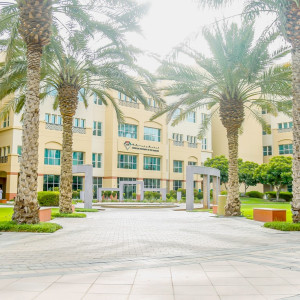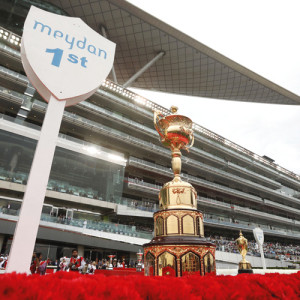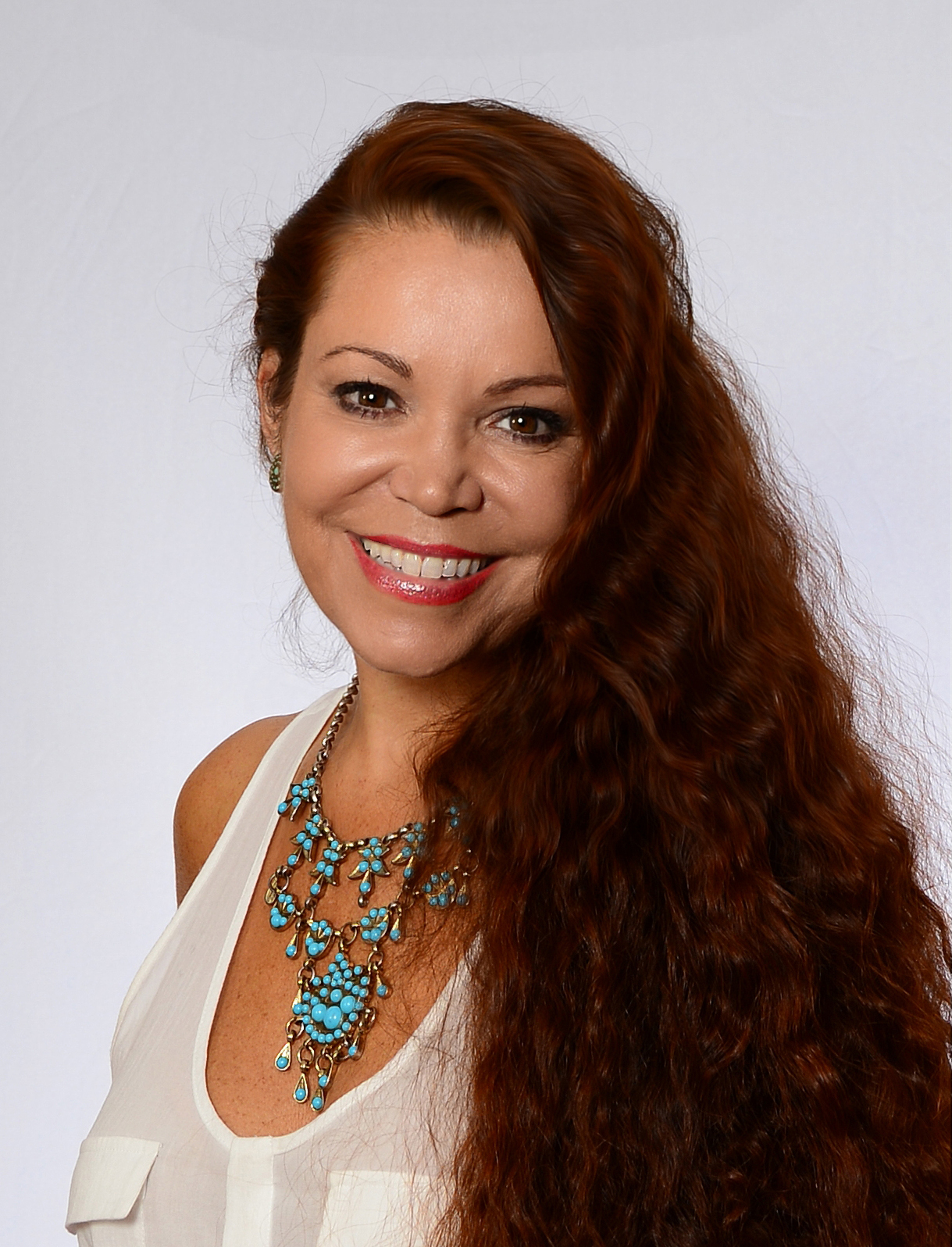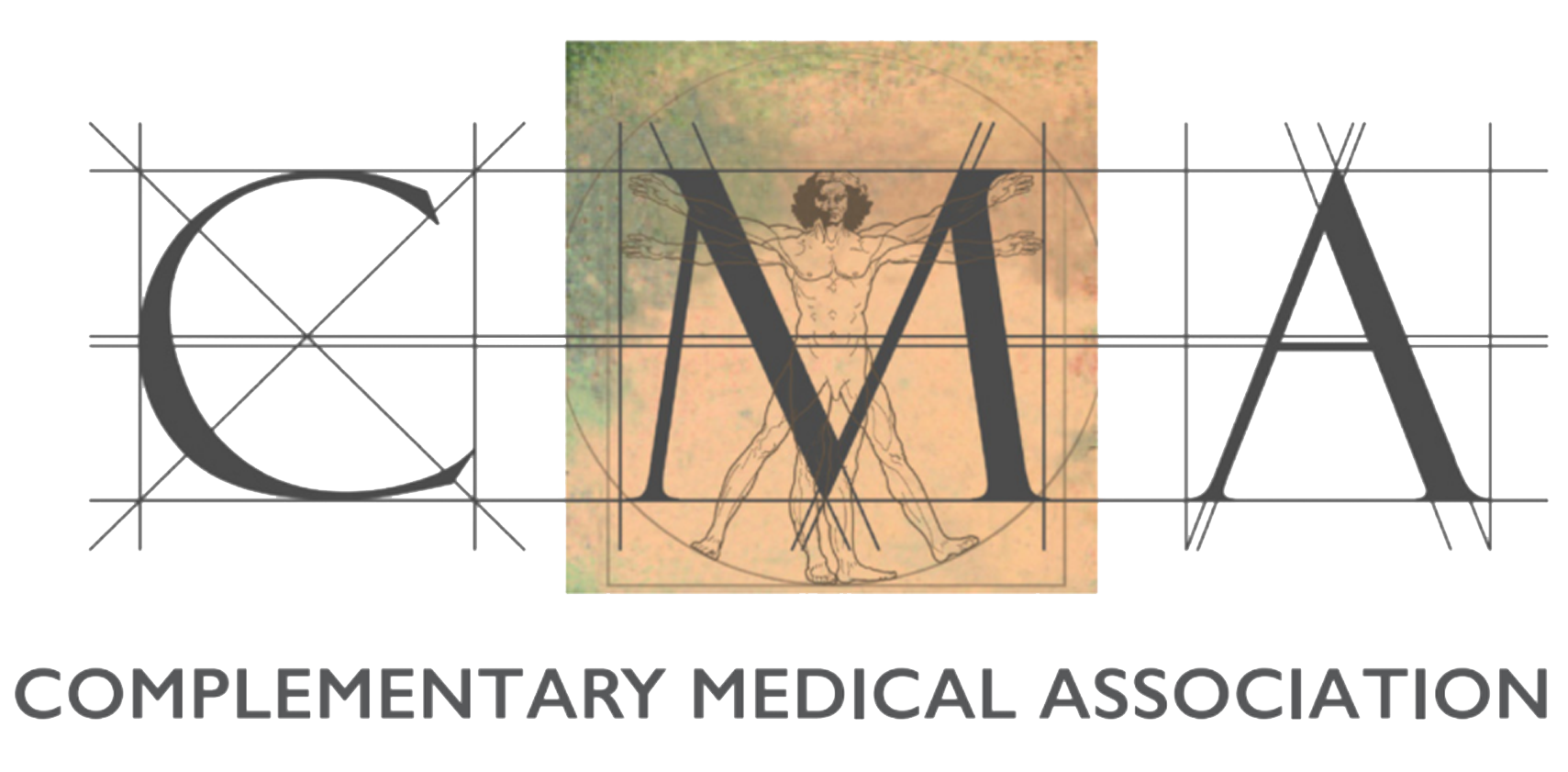
Register Now! Please, fill in your personal details and we will contact you shortly
Cupping Therapy

Audience
About the program
Cupping is a practice that is commonly used in Traditional Eastern Medicine. During cupping therapy, a negative pressure is created during cupping which allows for increased blood flow to the area of complaint which in turn increases tissue repair time. In the 2016 Olympics Michael Phelps made his first appearance in the games sporting the recognizable “cupping marks”. Since then, cupping has become popularized as a complementary medical modality for the treatment of neuromusculoskeletal pathology.
Cupping is a treatment used in traditional medicine in many parts of the world, including China and middle and the Middle East. It includes doing suction on the skin using a glass, ceramic, bamboo, or plastic glass. The negative pressure in the cup is formed either by placing a flame in the cup to remove oxygen before applying it to the skin or by attaching a suction device to the cup after applying it to the skin. In the “wet cupping” the skin is crossed out and the blood flows into the cup. The “dry cupping” doesn’t include skin piercing.
It is a practice in which the therapist places special cups on the skin for suction. This pulls the tissue under the cup resulting in increased blood flow to the affected area. Enhanced blood flow under cups polls impurities and toxins away from nearby organs and tissues towards the surface of the skin to get rid of them.
Today, cupping is considered one of the most famous treatments in the world in the field of complementary medicine. Although its popularity has recently risen, cupping has been around for thousands of years, and its roots go back to ancient Chinese and Egyptian medicine.
Cupping was documented in one of the oldest medical textbooks in the world, the “Ebers Papyrus”, written in 1550 BC. Cupping therapy is one of the oldest and most effective ways to remove toxins from body tissues and organs. It is also known as vacuum cupping, air cupping treatment, horn treatment, etc.
Throughout history, cupping techniques and methods have often resembled the geographical locations in which they are practiced, in addition to using the local materials for the location: animal horns, bamboo, ceramics, glass, metal, and plastic have been used in this practice found in ancient times and cultures: Egyptian, Chinese, Onani, Korean, Tibetan, and Latin America, all served for the purpose of supporting the body’s ability to heal itself.
In north Africa, treating by cupping was documented for the first time by “Ebers Papyrus” (1550 BC), where the cup represents the Egyptian avatar to refer to the doctor, in Asia, during the Jin Dynasty, Ji Hong (281-341 AD) mentioned the use of animal horns as means of draining fluid from the body. In the Islamic Arabic countries, using cups (cupping) is recommended in The Canon of Medicinebook, (1025 AD), for the treatment of menstrual conditions.
The main mechanism by which cupping works in the treatment of diseases is that the blood that comes out contains toxins. Since cupping removes blood-containing toxins from circulation, it gives a place for the fresh and healthy blood to circulate. The blood that is drawn takes with it all the pathogenic toxins. Eventually, you will feel alleviation in the symptoms of the disease.
During this course we will discuss the fundamentals of cupping, indications and contraindications, and the application of cupping in the equine population. This course will meet for a duration of 4 days and will largely include hands-on active learning through direct practice.
Learning Objectives:
• Understand the fundamentals of cupping
• Understand equine anatomy basics
• Gain confidence in effectively applying cups
• Learn Equine Acupuncture points for application
• Learn Indications and Contraindication of use for cupping




 About the college
About the college
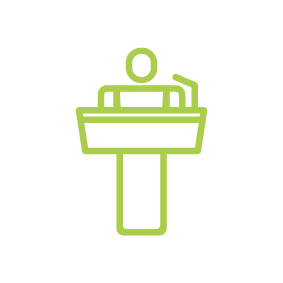 Lecturers
Lecturers
 Gallery
Gallery
 The Dean
The Dean
 CMA
CMA
 CMA President
CMA President
 Dubai Racing Club
Dubai Racing Club
 Dubai Equestrian Club
Dubai Equestrian Club
 Our partners
Our partners
